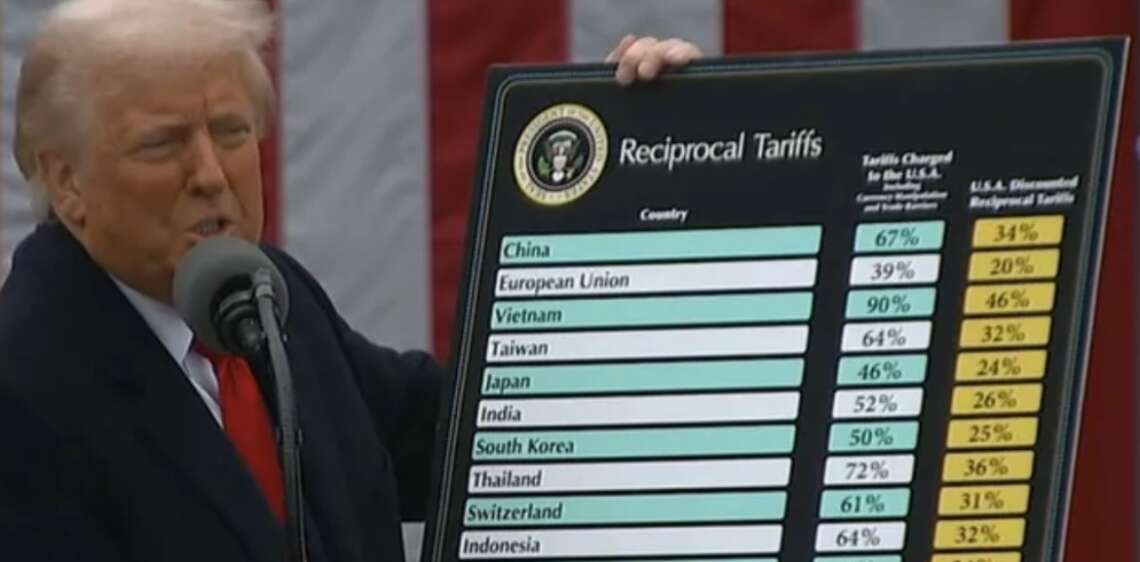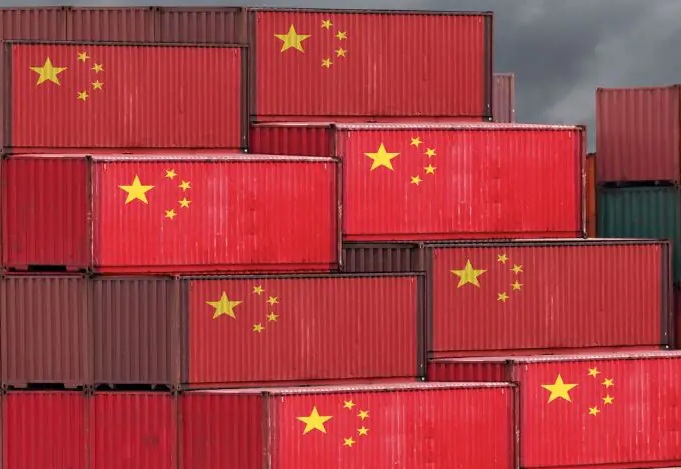Leading global brokerages and economists are sounding alarm bells over the likelihood of a US recession, following the Donald Trump administration’s announcement of sweeping reciprocal tariffs on foreign imports.
JPMorgan Chase & Co. has sharply downgraded its growth outlook, predicting the US economy will shrink this year. “We now expect real GDP to contract under the weight of the tariffs,” said Michael Feroli, the bank’s chief US economist. The firm now forecasts a 0.3 per cent contraction in real GDP (Q4-over-Q4), a steep drop from its earlier projection of 1.3 per cent growth.
Feroli warned that the expected decline in economic activity would likely slow hiring and push the unemployment rate to 5.3 per cent in the coming months. He anticipates the US Federal Reserve will begin cutting interest rates as early as June, with reductions at each meeting through January 2026. However, the forecast of stagflation – stagnant growth combined with high inflation – could pose a significant policy challenge for the Fed.
Other financial institutions echoed similar concerns. Citi slashed its growth projection for 2025 to just 0.1 per cent, while UBS now sees the US economy expanding by only 0.4 per cent this year.
Jonathan Pingle, UBS’s chief US economist, warned of sharp disruptions to trade flows. “We expect US imports from the rest of the world to fall more than 20 per cent over our forecast horizon, mostly in the next several quarters, bringing imports as a share of GDP back to pre-1986 levels,” he said. Pingle added that the aggressive trade policy could trigger “substantial macroeconomic adjustment” for the $30 trillion US economy.
Despite mounting concern, US Federal Reserve Chair Jerome Powell has urged caution. “It feels like we don’t need to be in a hurry” to adjust rates, he said on Friday, following a strong jobs report that showed continued hiring but a slight rise in unemployment to 4.2 per cent.
Markets, however, responded with alarm to the trade war escalation. Wall Street suffered a severe rout, with the Dow Jones Industrial Average plunging over 2,000 points. The S&P 500 endured its worst two-day loss since March 2020, while the tech-heavy Nasdaq slipped into bear market territory.
As the Trump administration doubles down on its protectionist approach, economists warn that the cost may soon be felt across the broader economy – and beyond US borders.









